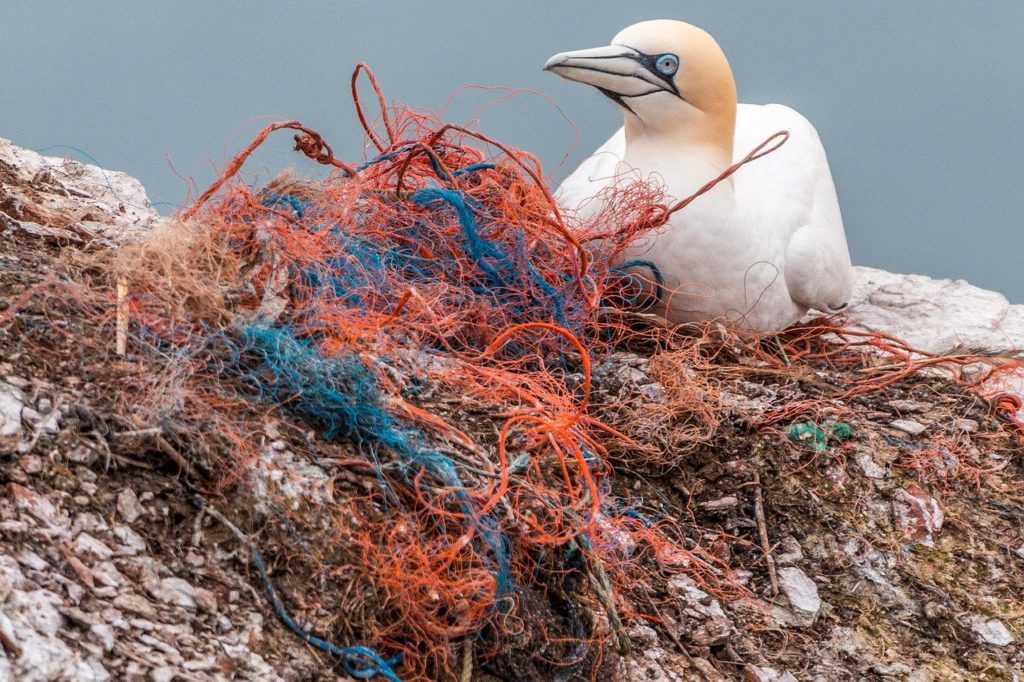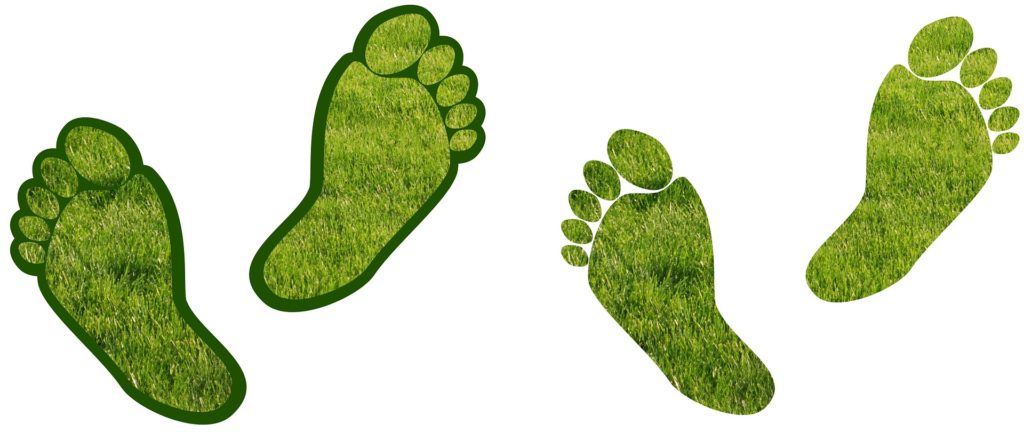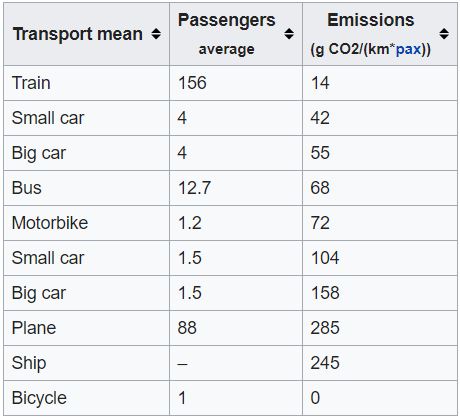“ Lakhs of endangered Olive Riley turtles return to Odisha’s coast for nesting as humans are locked inside” – Times of India
“Coronavirus pandemic leading to huge drop in air pollution” – The Guardian
“Sea turtles thriving in Thailand after beach closures” – CNN
While Covid-19 has been proving as a bane to the humankind, it has been a boon for all the other habitat. Mother nature has been welcoming this change by healing herself during the lockdown.
Coincidentally, COVID 19 and Earth Day have intersected this year teaching us a very important lesson on how staying at home during the lockdown has helped the planet recuperate.
So, it appears like the less we act, the more all life forms flourish.
This tells us that we have been consuming more than what we should be, so this year let’s pledge on Earth’s day to minimize a few common areas of consumption that are practically possible.
Before I dive directly into the top 5 actions we humans can take, let us start with the basics.
Table of Contents
What is Earth Day?
Earth day is an annual event generally celebrated on April 22nd every year. 2020 is a special year because it will be officially marking 50 years of celebrating this worldwide event from when it started. The main objective of Earth Day is to inspire awareness and appreciation for the environment.
When did Earth Day start?
This annual event was first proposed by Senator Gaylord Nelson in September 1969 and then on April 22, 1970, it became official to hold a nationwide environmental teach-in. The first event was focused on the United States and it was attended by 10% of the American population at the time to demand a new way forward for our planet. Later, Denis Hayes made it international and organized events in 141 countries.
Why Earth Day is important?
Earth Day is important because it makes people think about the environment, be aware of how delicate it is and acts as a reminder to protect it in our daily lives as well.
Earth Day Theme 2020
This year’s theme is Climate Action. According to Earth Day, climate change represents the biggest challenge to the future of humanity and life-support systems that makes our world habitable.
Top 5 human actions that can be minimized in lieu of Earth Day 2020:
The following 5 actions are simple and easy to follow which can be started immediately from the comforts of your home.
Action 1: Reduce the Consumption of Plastic:

Yes, plastic pollution is a menace that needs immediate attention. According to Environmental Health News, we are producing and discarding almost 360 million tons of plastic a year! This non-biodegradable and inexpensive product has turned out to be expensive for the planet’s health. Not just the planet, but also the humans. Yes, you read that right, it’s been destroying you slowly.
How does Plastic harm the humans?
Researchers have found that chemicals added to plastics are absorbed by human bodies that can alter hormones or have other potential human health effects.
How do they enter us?
According to Azo clean tech, most of the plastics which are harmful to us are invisible to the naked eye. These microscopic particulates are found in significant proportions in sea salt, rainwater, and even mountain tops – as the plastic evaporate and fall as precipitation with the water molecules. These tiny particles enter the terrestrial and aquatic biospheres and are often ingested by animal life posing a threat to humans who consume these animals. So, we are not just harming ourselves, but also animals!
Health Impacts of Plastic on Humans:
The health impacts are numerous. Some of them are listed below:
- Cancer
- Diabetes
- Chronic inflammation
- Variety of immune diseases
- Adverse effects on Reproductive system
- Neurological effects
- Birth Defects of the brain, heart, spine
Impact of Plastic on Marine life:
It is estimated that one in three marine mammals have been found to entangled in plastic litter. Pictures of these animals ingesting plastics or being trapped by plastic nets have been circulating which is quiet depressing.
- According to a report on National Geographic, some 700 species of marine animals have been reported so far (as of 2018) to have eaten or become entangled in plastic.
- Single-use plastics are the biggest culprits for the death of marine wildlife as animals mistake these plastics as food which can choke them. Ingesting it can be fatal due to the presence of toxins such as BPA, flame retardants, and PVC.
Unfortunately, these innocent creatures are paying the price of our wrongdoings.
Hence, it is in our hands to understand the threat plastic poses to wildlife as these poor creatures cannot be educated.
Actions you can take to reduce the consumption of plastic:
- Use cloth bags for storage. They are environment friendly by being biodegradable and reusable. Keep them handy by keeping it in your bag all the time. This way, you will never need to use those extra plastic covers to hold your shopped items. Just wash and re-use them. It’s as simple as that!
- Try using a biodegradable container to store all your pantry items. Some alternatives to plastic storage containers are:
- Silicon
- Glass or Mason Jars
- Stainless Steel
- Cloth Food Sacks
Action 2: Mindful Living

How many times have you left the fan running in the room where nobody is, or, ignored the tap water leaks, or even used air conditioner during the times it’s not really necessary?
As you all must be aware of the fact that to generate electricity, most power plants burn coal ,crude oil or other fossil fuels and this results in carbon wastage leading to a higher carbon footprint.
- What is Carbon Footprint?
It can be defined as the amount of greenhouse gases, primarily Carbon dioxide emitted by an individual , family, event or an organization due to certain human activities.
- Why is it important to reduce carbon footprint?
Greenhouse gases like Carbon dioxide(CO2), halogenated Chlorofluoro carbons(HCFC), Methane(CH4) etc. trap heat that warm the planet leading to Global Warming. The burning of fossil fuel generates not only carbon dioxide, but also air pollutants that are harmful to human health.
- Calculate your carbon footprint: This website has created a calculator that can help you track your carbon footprint.
Actions you can take to live mindfully:
- Switch off any electrical appliances when not in use. Reduce your household consumption of gas, electricity, and water.
- For tropical regions, use Air conditioners only when necessary. And, if you really need to use it, the most sustainable way would be for all the house members to sit in the same room instead of switching on air conditioners in different rooms. This way you are not just saving the planet, but also your pockets from draining money!
- Minimize wastage of food. Only cook or order how much you can eat.
Action 3: Reduce the use of private vehicles
According to EPA, the transportation sector is one of the largest contributors to US greenhouse gas emissions. It’s observed that ‘Light Duty vehicles’ contribute to about 59% of greenhouse gas emissions. From this, we can say that that if we individuals opt for public transport, we can help save the planet to the maximum extent by reducing our carbon footprint

The above table gives us a general overview of the amount of carbon dioxide emitted by different modes of transport and the number of passengers. It’s evident that a big car with 4 passengers can help reduce the CO2 emission by 1/3rd when compared to 1 passenger!
Benefits of reducing the usage of private transport:
- Save the planet : Vehicles are one of the major contributors to Global Warming. If your vehicles use less fuel, they will expel less CO2 into the atmosphere which will result in a 5% improvement in CO2 emissions which would be equivalent to a 157kg reduction every year!
- Saving money: If you reduce the usage of your private vehicle, you are not going to fuel it very often thereby saving costs on fuel.
Actions you can take to reduce the use of private vehicles
- Try reducing the use of private vehicles and opt for public transport instead.
- These days carpooling has become popular as well. States like California have incentivized carpoolers by offering them a separate lane during peak hours with higher speed limits in order to encourage people to share their vehicles and help save the planet.
Action 4: Reduce the consumption of Meat

According to Skeptical science, animal agriculture and eating meat contributes to global warming. The burning of fossil fuels for energy and animal agriculture are two of the biggest contributors to global warming, along with deforestation.
How is animal agriculture related to Global warming?
According to PETA , the below is the process of animal farming:
- Water and land are used to grow crops to feed animals which are then used to bulk up animals for slaughter.
- These animals emit greenhouse gases like CO2, and excrement that pollute our air and waterways. Some of the other greenhouse gases emitted are Methane from manure and nitrous oxide from chemical fertilizers used on crops to feed the animals.
- Finally, they are transported in semi-trucks and processed in large factory-style slaughterhouses, and their body parts are packaged and shipped across the country.
- The filthy habitat in which these animals are kept is one of the main reasons behind the spreading of dangerous diseases like COVID-19, Ebola, SARS and Swine Flu which are caused due to the spread of infection from animals to humans.
This is one more valid reason to reduce the consumption of meat.
Actions you can take to reduce the consumption of Meat:
- Commit to reducing your meat and dairy products by a few meals per week and tell your friends about alternative proteins like lentils and almonds.
- Try to buy more organic and sustainable fresh produce
- For hardcore meat-eaters who think vegetarian or vegan options don’t produce the same flavor as meat, opt for vegan alternatives. There are a wide number of vegan meat alternative available in the market. One such example is Impossible Burger.
- Look at cuisines that offer a variety of vegetarian /vegan dishes like Indian and Mexican for inspiration. Vegan Richa is one such blogger from whom you can take inspiration on vegan recipes!
Action 5: Plant a sapling

Planting a tree is an effective way to celebrate Earth Day. With about 17% of the forest lost in last 50 years, this is a great way to help save our planet. WWF for nature is one of the most popular non governmental organizations working towards wildlerness preservation , and the reduction of human impact on the environment.
Top effects of deforestation are:
- Climate change
- Soil erosion destruction
- Loss of biodiversity
- Water cycle
- Ecological imbalance
Actions you can take to reduce deforestation:
- Plant a tree where you can.
- If you cannot plant a tree by yourself, support conservation groups that promote planting trees. You could also donate or volunteer with those organizations and make our earth greener. Some notable organizations are: Rainforest Action Network, Amazon Watch, Rainforest-Alliance, Conservation-International, UN-Redd Programme, Isha-Project Green Hands
- Gift a sapling to your friends and family on their birthdays. Also, encourage them to do the same.
As we have seen above, these are a few simple activities that we can incorporate into our daily lives.
Let’s join hands to make our planet greener and sustainable for our future generation!



Very inspiring, Insightful.
Today being earth day let’s follow the above save our mother Earth.
Live n let live